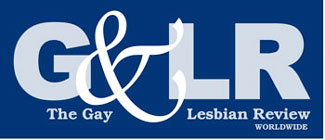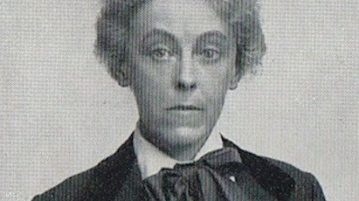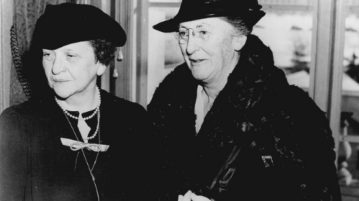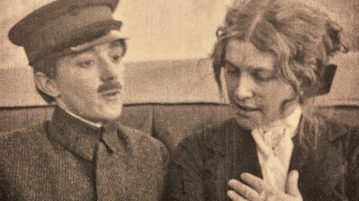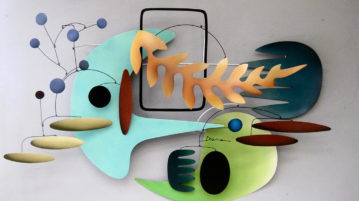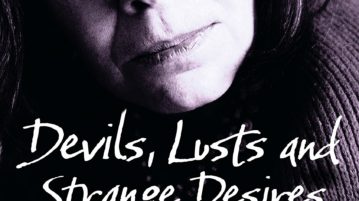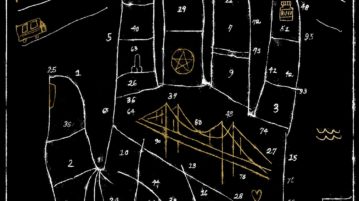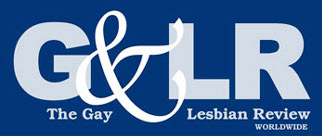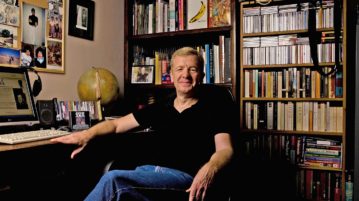
Jamie James, a Writer of Art and of the World
WRITER Jamie James died in Indonesia on February 9, 2020, at the age of 68. His most recent nonfiction books were Pagan Light: Dreams of Freedom and Beauty in Capri (2019), The Glamour of Strangeness: Artists and the Last Age of the Exotic (2016), and Rimbaud in Java: The Lost Voyage (2011). He also wrote two novels, Andrew & Joey: A Tale of Bali and The Java Man. The 2014 recipient of a Guggenheim Fellowship, James contributed criticism, travel reportage, and essays to many publications including Harper’s, Lapham’s Quarterly, The Atlantic, Men’s Journal, National Geographic, Condé Nast Traveler, The Wall Street Journal, Rolling Stone, and The New York Times, among other publications.
More
